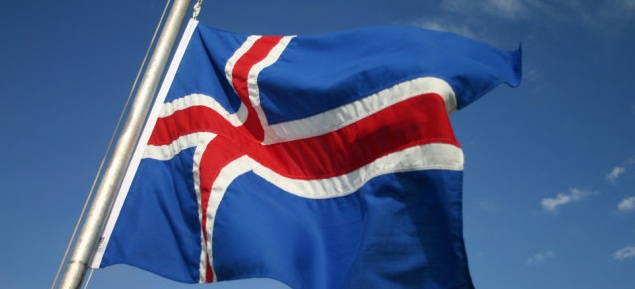By Björg Thorarensen,
27 February 2014

Source: Constitutional Change.com
<p style="text-align: justify;">The process of constitutional rewriting
in Iceland in 2010-2013 was an unprecedented event in modern
constitutional democracies as a way of introducing new political and
democratic processes. It reflected attempts to come to terms with the
consequences of the collapse of the Icelandic banks in 2008 and
widespread distrust towards the political parties in Iceland. In June
2010, the Icelandic Parliament, Althingi, passed Act No. 90/2010
establishing a consultative Constitutional Assembly, with the task of
revising the constitution. The aim was to involve the citizens in the
making of a new constitution, partly through the method of
crowd-sourcing. A National Forum was held in November 2010 attended by
950 people, selected at random. Its conclusions reflected viewpoints and
some basic values which they wished to see form the basis of Iceland’s
new constitution. This was an input in a drafting process by a specially
elected 25 representatives in a new consultative Constitutional
Assembly. At the same time political parties were excluded from the
preparation and drafting stages of the new constitution. However,
according to the constitution in force it could eventually only be
amended via a procedure in which two parliaments would have to approve a
bill of amendment, with a general election taking place in the interim.
Read the full article here:
Constitutionalchange.com
